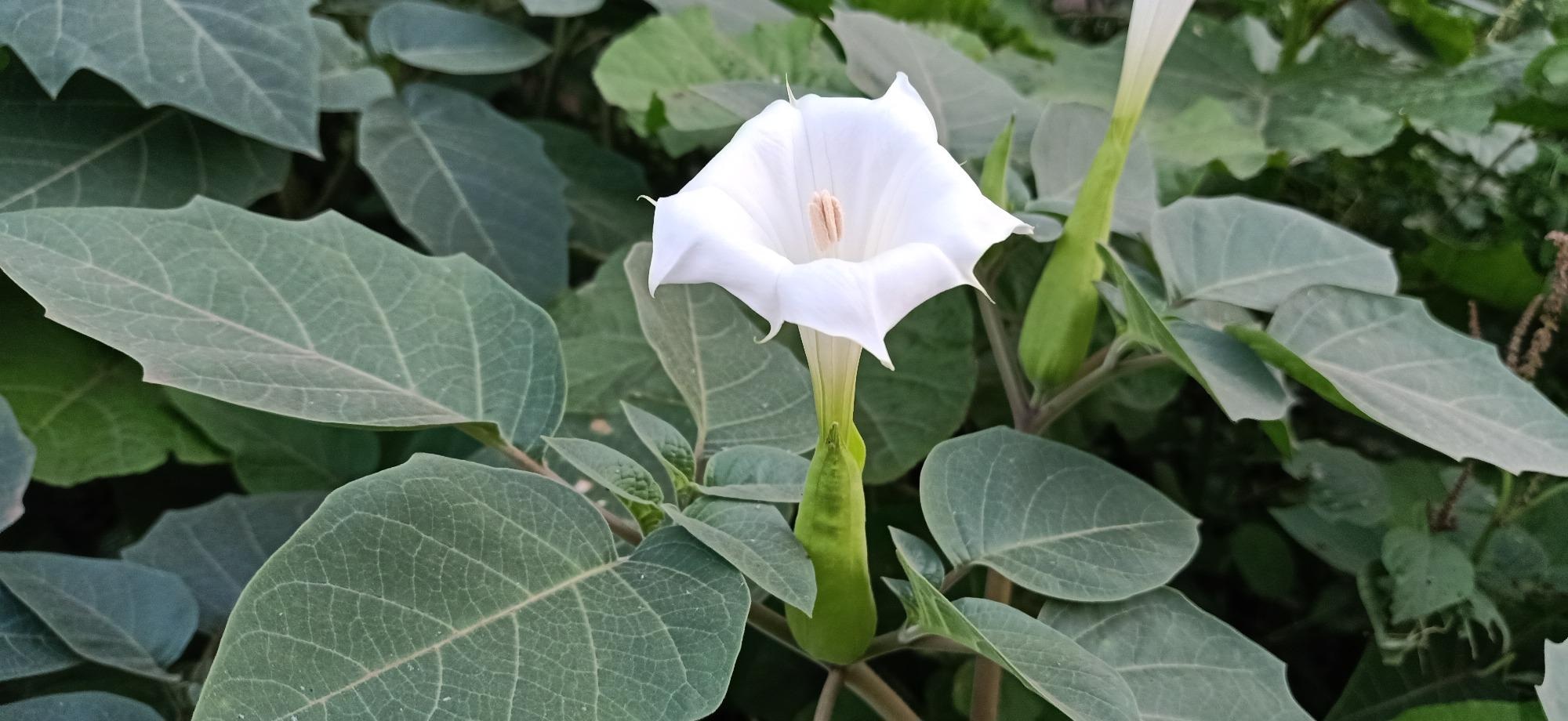Since the Coronavirus disease 2019 (COVID-19) outbreak in Wuhan, China, it has spread to nearly every country, leading to more than 6.28 million deaths and widespread economic problems. Although many developed nations have instituted mass vaccination programs that have helped curb the spread of the disease, developing nations that have struggled to obtain doses have tried to reduce their case numbers. Further, studies have shown reduced vaccine efficacy in certain immunocompromised individuals. There is still an urgent need for effective treatments against infection with severe acute respiratory syndrome coronavirus 2 (SARS-CoV-2). Researchers from Naval Medical University have been investigating anisodamine, used in traditional Chinese medicine, to inhibit SARS-CoV-2 infection in cellular models. The study is published in the journal Biochemical and Biophysical Research Communications. Anisodamine is a naturally occurring tropane alkaloid found in plants of the Solanaceae family, among them Datura.
 Study: Anisodamine potently inhibits SARS-CoV-2 infection in vitro and targets its main protease. Image Credit: SKK Pix / Shutterstock
Study: Anisodamine potently inhibits SARS-CoV-2 infection in vitro and targets its main protease. Image Credit: SKK Pix / Shutterstock
The study
The strain of SARS-CoV-2 was isolated from a COVID-19 patient from Changhai Hospital and inoculated in Vero E6 cells. Initial cell viability and lactate dehydrogenase assays were performed in 96-well plates at concentrations of 4×10^3 cells/well. Human angiotensin-converting enzyme 2 (hACE2) overexpressing HEK293 cells were obtained commercially for pseudovirus entry assays, as was the spike pseudovirus. Molecular Operating Environment software was used for molecular dynamics simulations, and statistical analysis consisted of two-tailed unpaired Student’s t-test.
Anisodamine was tested for cytotoxic effects in Vero E6 cells using CCK-8 and lactate dehydrogenase (LDH) release assays, showing no reduction in cell viability or production of LDH – even at concentrations up to 800mg/L. At 1600mg/L a slight decrease in cell survival rate could be seen, but below this threshold, the drug is likely safe to use. Following this, Vero E6 cells were infected with SARS-CoV-2 and treated with varying concentrations of anisodamine. Inhibitory activity was evaluated through quantification of viral copy numbers using immunofluorescence at 48 hours post-infection. As expected, the controls showed significantly increased copies of SARS-CoV-2, but the anisodamine successfully reduced SARS-CoV-2 replication in a dose-dependent manner. At the most successful concentrations – 100mg/L and 200mg/L ~70% and 90% reduction of replication were detected.
The treatment was then further analyzed using pseudovirus neutralization assays, measuring the inhibition of SARS-CoV-2 spike pseudovirus entry to HEK-293 cells transfected with hACE2.Once again, both 100mg/L and 200mg/L proved effective at reducing viral entry, with transduction efficiency reduced by ~60%. To examine the mechanics behind this, the researchers investigated the binding affinities of anisodamine to different active sites of primary proteins for SARS-CoV-2 infection, including the spike receptor-binding domain (RBD), Mpro, PLpro, RdRp, ACE2, and GRP78. Docking simulation studies showed that anisodamine had the highest binding affinity to the active site of Mpro, with a score of -6.63kcal/mol, forming three hydrogen bonds with residues at said active site. Similar binding affinities were predicted for the active sites of PLpro (-5.52kcal/mol), forming one hydrogen bond and one π-π interaction. Lower binding affinities were detected for the active sites of all other targets.
Conclusions
China has traditionally used anisodamine for improving circulation, but it has become more popular outside the country for treating a number of ailments. Researchers have speculated that anisodamine could activate the nicotinic acetylcholine receptor alpha7 subunit and the cholinergic anti-inflammatory pathway, which could prevent the cytokine storms that are so often fatal in patients with severe COVID-19. Whether the virus can affect the disease in humans remains to be seen. However, the authors have successfully shown that anisodamine inhibits viral entry of cells both in Vero E6 models and cells expressing hACE2. They also identified which proteins it binds to. Further investigation is needed, but anisodamine appears to be an interesting candidate for further study and may even move toward clinical trials.
- Wei Wei, Ni Kong, Ming-Zhen Liu, Ting Han, Jun-Feng Xu, Chong Liu, Anisodamine potently inhibits SARS-CoV-2 infection in vitro and targets its main protease, Biochemical and Biophysical Research Communications, 2022, ISSN 0006-291X, https://doi.org/10.1016/j.bbrc.2022.05.024, https://www.sciencedirect.com/science/article/pii/S0006291X22007203
Posted in: Drug Discovery & Pharmaceuticals | Medical Research News | Disease/Infection News
Tags: ACE2, Angiotensin, Angiotensin-Converting Enzyme 2, Anti-Inflammatory, binding affinity, Cell, Compound, Coronavirus, Coronavirus Disease COVID-19, covid-19, Cytokine, Efficacy, Enzyme, Hospital, in vitro, Medicine, Pseudovirus, Receptor, Research, Respiratory, SARS, SARS-CoV-2, Severe Acute Respiratory, Severe Acute Respiratory Syndrome, Syndrome, Vaccine, Virus

Written by
Sam Hancock
Sam completed his MSci in Genetics at the University of Nottingham in 2019, fuelled initially by an interest in genetic ageing. As part of his degree, he also investigated the role of rnh genes in originless replication in archaea.
Source: Read Full Article
